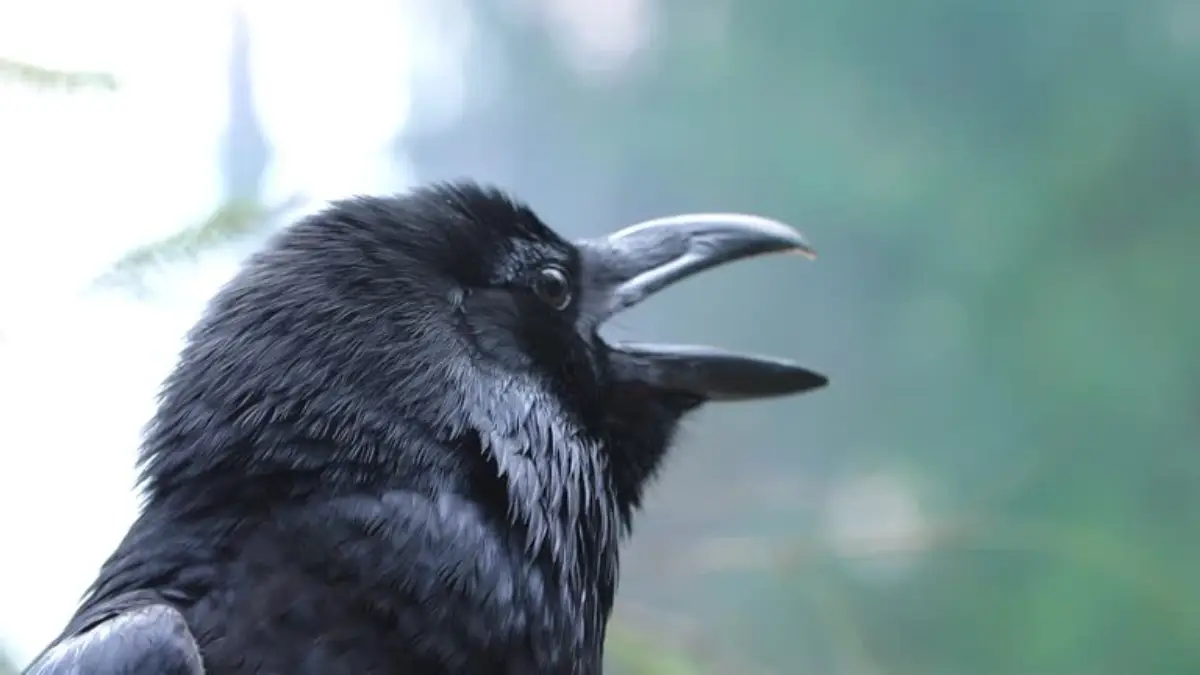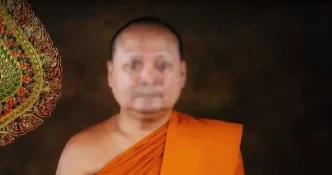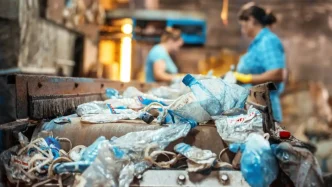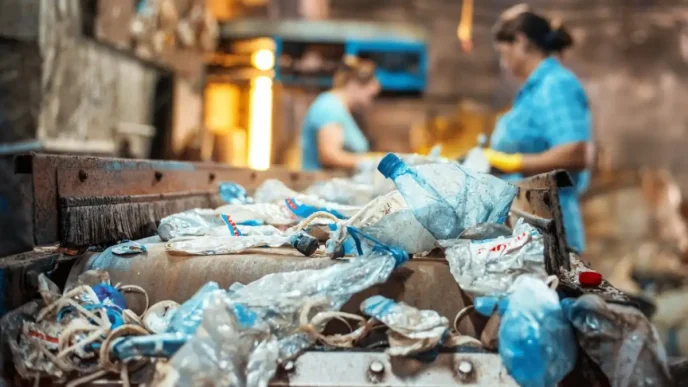In the densely urbanized city-state of Singapore, where skyscrapers and manicured greenery coexist, encounters between humans and wildlife are becoming increasingly common. From long-tailed macaques rummaging through bins in Punggol to wild boars venturing into residential estates, the challenge of managing these interactions has prompted a significant shift in policy. Since 2023, the National Parks Board (NParks) has moved away from culling as the default solution, embracing more humane and scientific methods like sterilization and behavioral studies to address the root causes of conflict. Yet, as urban development continues to encroach on natural habitats, the question remains: can Singapore strike a sustainable balance between human safety and wildlife welfare?
A Shift Toward Humane Solutions
For decades, Singapore’s response to human-wildlife conflict was often swift and lethal. In 2013, for instance, around 570 monkeys—roughly a third of the population at the time—were culled in the Bukit Timah and MacRitchie estates following complaints from residents about aggressive behavior. Similarly, stray dogs and crows were once routinely shot to curb their numbers. However, public sentiment and a growing emphasis on animal welfare have pushed authorities to rethink these approaches.
Since 2023, NParks has introduced more compassionate measures, particularly in newer estates like Punggol, where the monkey population has been on the rise. Of the 50 macaques trapped in recent efforts, most were sterilized rather than culled, with only those deemed aggressive meeting the latter fate. This marks a notable departure from past practices, reflecting a broader trend toward long-term solutions.
Intervention in wildlife issues should occur under three clear scenarios: when animals are injured and their welfare is at risk, when invasive species like crows disrupt ecosystems, and when wildlife poses a threat to public safety or residential harmony.
The Persistent Need for Culling
Despite the shift toward humane alternatives, culling remains a necessary tool in certain circumstances. Wild boars, for instance, have posed significant challenges due to their rapid reproduction rates and lack of natural predators in Singapore. A decade ago, a population boom led to frequent incursions into newly developed estates and nature parks in the northern regions, resulting in 28 reported attacks between 2019 and 2023. Their foraging habits also damage reforestation efforts by uprooting soil and saplings.
To mitigate these risks, NParks has installed fences and cattle grids—grates with gaps too wide for boars to cross without trapping their hooves—to confine them to nature areas. Between 2019 and mid-2023, approximately 50 boars were culled within Zhenghua Nature Park in Bukit Panjang. “Sometimes, we have to make decisions that may not be popular, but we know it is the right and necessary thing to do. We told the team that if we don’t cull 10 now, we have to cull 100 boars next time,” Mr. How explained.
Large flocks of pigeons, whose droppings create hygiene issues in urban areas, also necessitate culling as a short-term measure while longer-term deterrents—such as covering tray return racks at hawker centers to prevent feeding—take effect. Similarly, a 2023 outbreak of African swine fever devastated Singapore’s wild boar population, with at least 18 confirmed deaths, though the total toll is believed to be higher.
Science and Innovation in Wildlife Management
Behind Singapore’s evolving strategy lies a commitment to scientific inquiry. NParks has drawn inspiration from international practices, such as Hong Kong’s macaque sterilization program initiated in 2007, and adapted them to local contexts. In Punggol, ground surveys in 2023 revealed a growing macaque population, prompting authorities to model optimal sterilization rates by factoring in reproduction and mortality trends. “These projections will need to be continuously verified through ground surveys to ensure sterilization remains effective in balancing the population numbers,” Mr. How noted in his interview with The Straits Times on July 1, 2025.
For crows, which often disturb urban areas with their roosting and scavenging, NParks has conducted behavioral studies since 2022, including attaching trackers to monitor their responses to interventions like tree pruning. While details of the ongoing study remain undisclosed, the agency has also trialed plastic crow effigies—a method inspired by a 2008 US scientific paper and traditional farming practices—to disperse large flocks. “We heard crow effigies were being used in other places… They put a fake crow up there to frighten the crows away. We decided to see if we could adopt the same approach,” Mr. How shared with The Straits Times on July 1, 2025.
Community and Ethical Dilemmas
As Singapore’s urban landscape expands, weaving more greenery into residential zones, wildlife such as macaques, chickens, and civets are increasingly coming into contact with human populations. This proximity fuels conflict, prompting animal welfare groups and residents to call for greater coexistence. Simple actions, like avoiding carrying plastic bags in monkey-prone areas to prevent food-related aggression and securing waste, are encouraged to reduce attractants.
Yet, culling, though positioned as a last resort, continues to stir controversy. In 2023, scenes of motionless pigeons in Yishun and reports of macaque culling drew criticism from residents and advocacy groups. Kalaivanan Balakrishnan, chief executive of the Animal Concerns Research and Education Society, acknowledged progress but questioned the methods. “I am glad that we have moved away from frequent culling to curb populations of species… However, it does still happen,” he told The Straits Times on July 1, 2025. He highlighted concerns over pigeon control practices, describing how birds are often placed in trash bags filled with carbon dioxide for euthanasia, and urged alternatives like contraceptives and egg removal shelters. “The humane element behind this practice is highly questionable,” he added.
Residents, too, express mixed feelings. Jun Chong, a 34-year-old former resident of Sin Ming Court, where wild chickens are a common sight, reflected on the need for adaptation. “Sometimes, when we are uncomfortable with something, we tend to put it out of our sight and mind. I think wildlife is here to stay, and we should learn to live with it,” he said.
Looking Ahead: Coexistence or Conflict?
Singapore’s journey toward managing human-wildlife interactions reflects a broader global challenge: how to balance urban growth with ecological preservation. NParks’ adoption of sterilization, behavioral research, and community engagement signals a promising direction, yet the persistence of culling underscores the complexity of immediate safety concerns. As more buildings rise and green spaces intertwine with urban life, the friction between humans and wildlife is unlikely to abate.
For now, the city-state stands at a crossroads. Will scientific innovation and public education foster a lasting harmony, or will the pressures of development demand harsher measures? As Mr. How and his team continue to refine their strategies, Singapore’s approach may offer valuable lessons for other urban centers grappling with similar tensions.
















